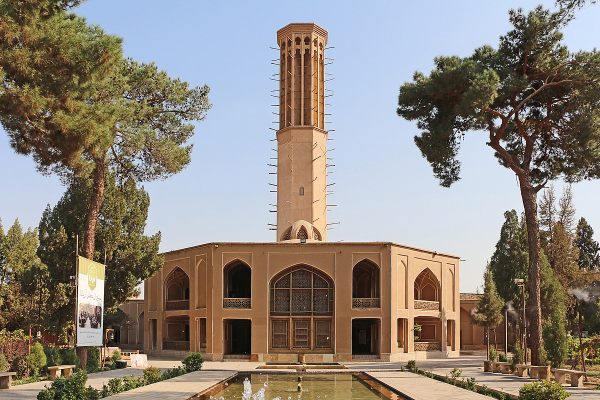About
In an unassuming corner of Denver along the banks of the South Platte River sits a park built on, and from, the remains of a local sewage treatment plant. Built in 1937, the treatment plant became obsolete by 1966 and sat abandoned and graffiti-tagged until the late 1990s, earning the moniker "Pirate Island."
Finally, the City of Denver teamed up with an architecture firm to transform the blighted plant site into a 13-acre park, complete with an urban wildlife area, sports fields, a stormwater handling system, and tree groves. Most interestingly, it also preserved some of the elements of the former sewage treatment plan; parts of the settling ponds, aeration raceways, and sand filtration systems were incorporated into benches and boundaries for the sports fields.
The final design won an award from the American Society of Landscape Architects in 2001 for its innovative reuse of materials and existing structures. The public space was named the Carpio Sanguinette Park after two influential community leaders, Sal Carpio, one of Denver's first Hispanic city councilmen, and the local Sanguinette family.
Update: The park is currently closed as part of a larger city improvement project and is set to re-open in the spring of 2025.
Related Tags
Know Before You Go
While the park can be accessed from Washington Ave., the best way of visiting the park is from the Platte River Greenway. Go north from the Confluence of Cherry Creek and the South Platte River approximately 4 miles. It comes up as "North Park" on Google Maps.
Most of the park is closed for construction and is set to re-open in Spring 2025.
Published
June 14, 2019
Sources
- https://denvergov.org/Government/Agencies-Departments-Offices/Agencies-Departments-Offices-Directory/Parks-Recreation/Planning-Community-Engagement/Park-Facility-Projects/Heron-Pond
- https://tclf.org/landscapes/northside-park-denver
- https://www.asla.org/meetings/awards/awds01/northside.html
- http://ljwlandtraditions-blog.tumblr.com































